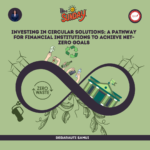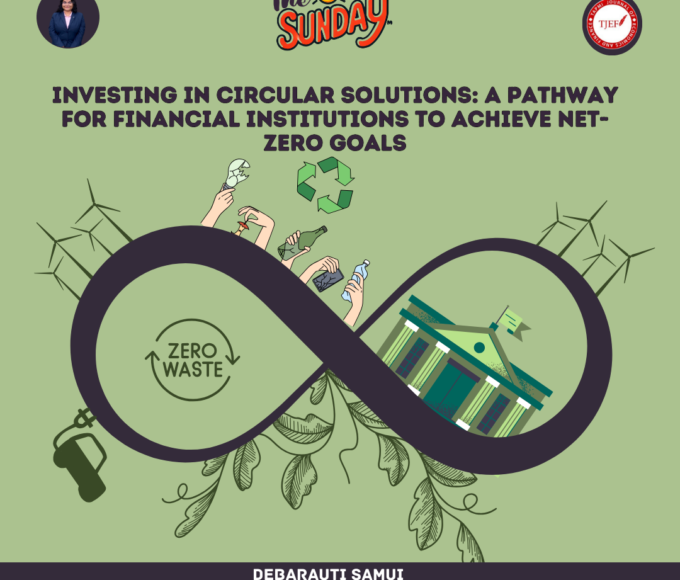Editor || Sindhu Sharma
India is witnessing a quiet yet powerful transformation driven by wagging tails, chirping beaks, and purring companions. Once considered a niche indulgence, the pet industry has evolved into a vibrant, booming sector reshaping the economy. From loyal dogs and playful cats to vibrant birds, graceful fish, and even exotic reptiles, India’s deepening affection for pets has unlocked an ecosystem brimming with opportunities, innovation, and growth.
What was once a simple relationship between people and their pets has now evolved into a multi-billion-dollar market. With pet ownership in India growing at an impressive 14% compound annual growth rate (CAGR), the industry is expected to reach ₹10,000 crore by 2025. Let’s dive into the fascinating world of India’s pet economy.
India’s pet population is booming, with over 32 million pets in 2023, compared to just 7 million in 2006. This growth is driven by several factors: The increasing number of nuclear families, rising incomes, and urbanization have made pets an integral part of households. The COVID-19 lockdowns spurred a surge in pet adoptions, with many families seeking emotional companionship during periods of isolation. While dogs remain the most popular pets, the demand for cats, birds, fish, and even turtles is on the rise. Exotic pets like iguanas and snakes are also carving a niche market in urban India.
At the heart of the pet economy is the pet food industry, which makes up the largest share of the market. Indian brands like Drools, Heads Up For Tails (HUFT), and Wag & Love are competing with international giants like Pedigree (Mars), Royal Canin, and Hill’s Science Diet. Pet parents are increasingly opting for high-quality, grain-free, and breed-specific foods. Products enriched with probiotics, vitamins, and organic ingredients are gaining traction. With cats becoming more popular in urban areas, brands like Sheba and Whiskas are capturing this growing demand. By 2028, the pet food industry in India is expected to grow to ₹7,000 crore, fuelled by the humanization of pets and awareness about their nutritional needs.
Veterinary care is another pillar of the pet economy, growing steadily alongside the increasing awareness of pet health. In India, spending on vaccinations, deworming, and specialized treatments has seen a sharp rise, contributing to the veterinary care market’s growth. For instance, the veterinary sector’s value is estimated to exceed ₹9000 crore by 2026, reflecting its crucial role in the pet ecosystem. Chains like Vetic and DCC Animal Hospital are expanding with state-of-the-art clinics in metro cities such as Delhi, Bengaluru, and Mumbai, offering advanced diagnostics and care. Additionally, pet insurance, though still emerging, is gaining momentum, with companies like Bajaj Allianz reporting a 20% annual increase in policy uptake. These policies cover everything from accidents to chronic illnesses, with premiums starting as low as ₹200 per month. On the wellness front, the popularity of supplements like joint health capsules, CBD oils for anxiety, and herbal remedies has grown by 18% annually, making them household staples for pet parents.
The luxury segment, once dismissed as a Western indulgence, is now flourishing in India, growing at a rate of 12% annually. From bespoke pet furniture to premium grooming services, Indian pet parents are splurging like never before, contributing to a luxury market valued at over ₹500 crore in 2023. Brands like Heads Up For Tails and Flying Fur offer everything from designer leashes costing upwards of ₹10,000 to handcrafted luxury pet beds priced as high as ₹50,000. Pet grooming chains like Petlicious and Wiggles provide specialized services, including fur trims, spa treatments, and hydrotherapy, catering to pets’ holistic well-being. Additionally, hotels like Taj and Marriott now cater to families traveling with their furry companions, offering pet-friendly rooms and curated services.
Technology is redefining pet care in India. From smart feeders to virtual veterinary consultations, pet tech is a game-changer. Devices like Waggle offer GPS tracking and health monitoring, ensuring pets are always safe. Platforms like VOSD (Voice of Stray Dogs) and Pawshbox provide online veterinary consultations, making healthcare accessible in remote areas. Websites like HUFT, Amazon Pets, and Flipkart Pets have made premium pet products just a click away. Metro cities like Mumbai, Hyderabad, Delhi, and Bengaluru are at the forefront of the pet boom, with luxury products and tech-driven care dominating these markets. Smaller cities are seeing rising pet ownership, with affordable products and local brands capturing the market. While premium products flourish, basic healthcare and food remain inaccessible for many pet owners in rural areas.
The future of India’s pet industry looks promising. With innovations in technology, rising disposable incomes, and a deepening emotional connection between humans and animals, the industry is set for continued growth. Emerging trends like plant-based pet food, personalized nutrition, and AI-driven health diagnostics will shape the next decade. As India continues to embrace its love for pets, one thing is clear: the future is furry, feathered, and filled with possibilities.















Leave a comment